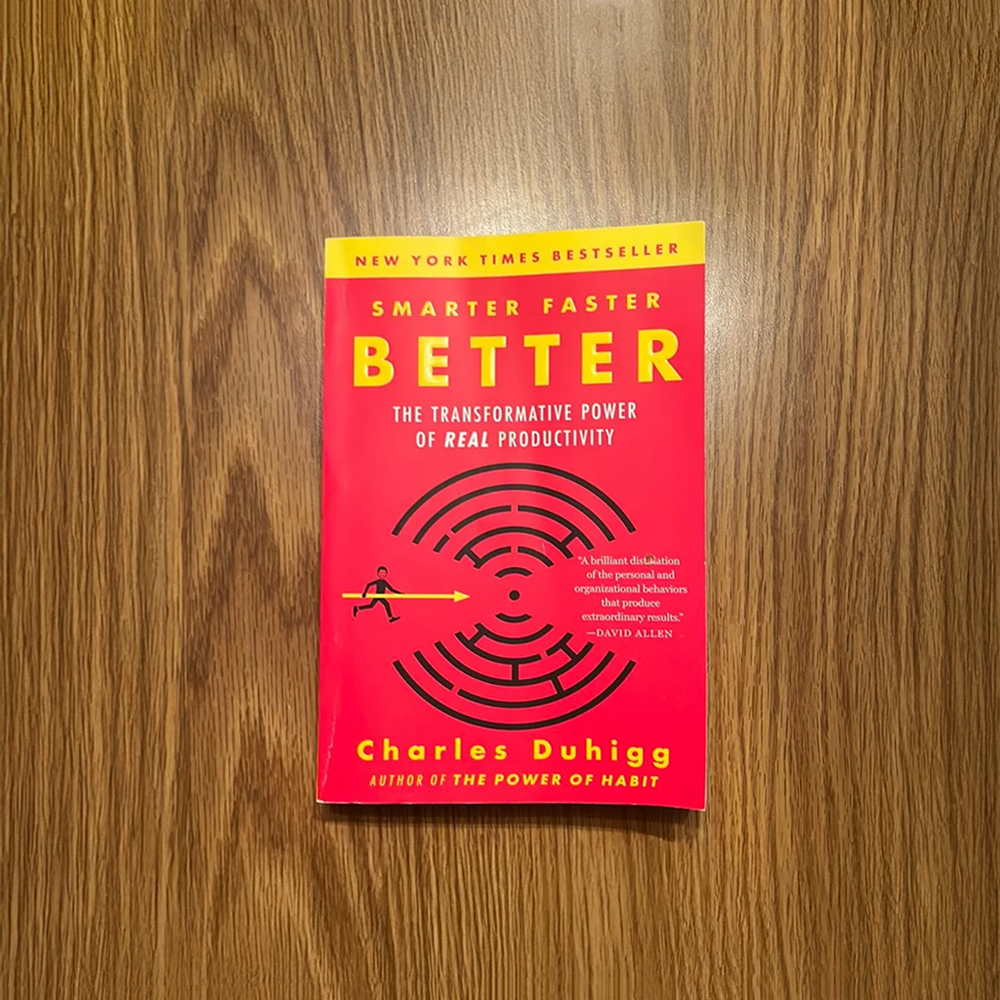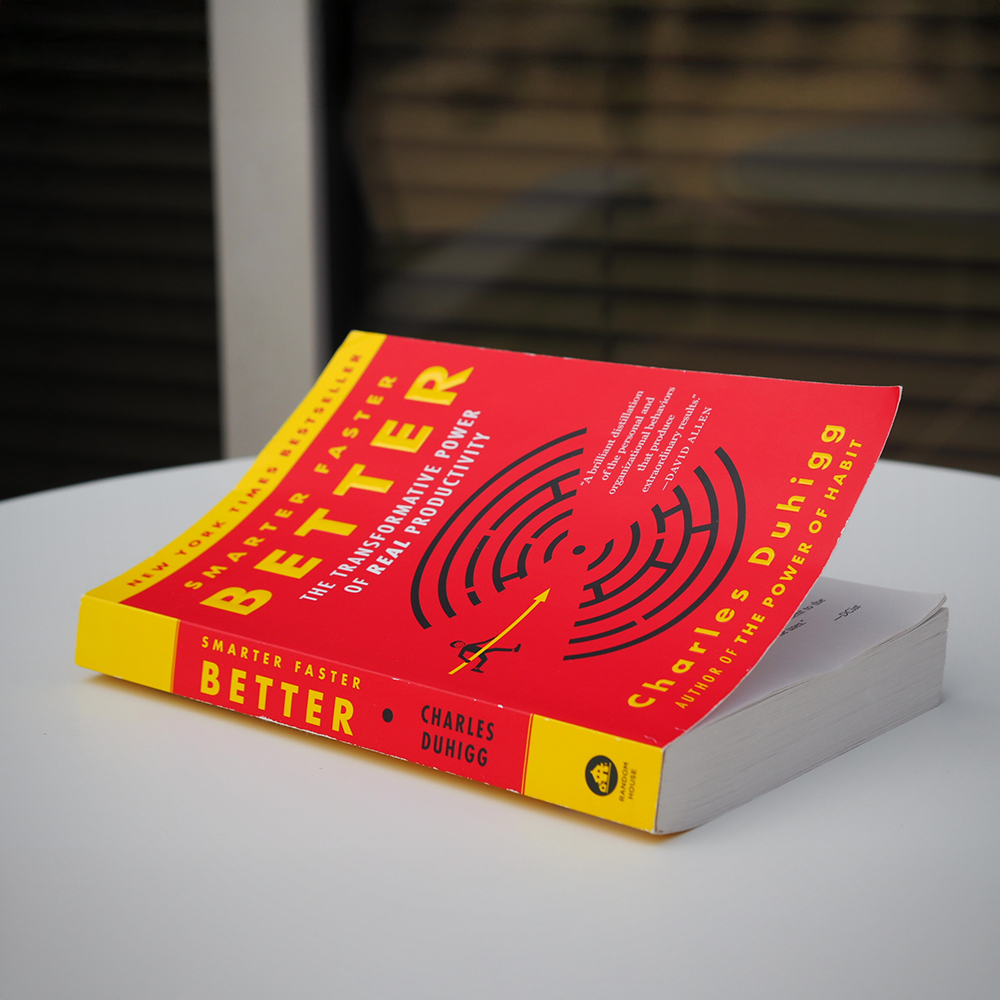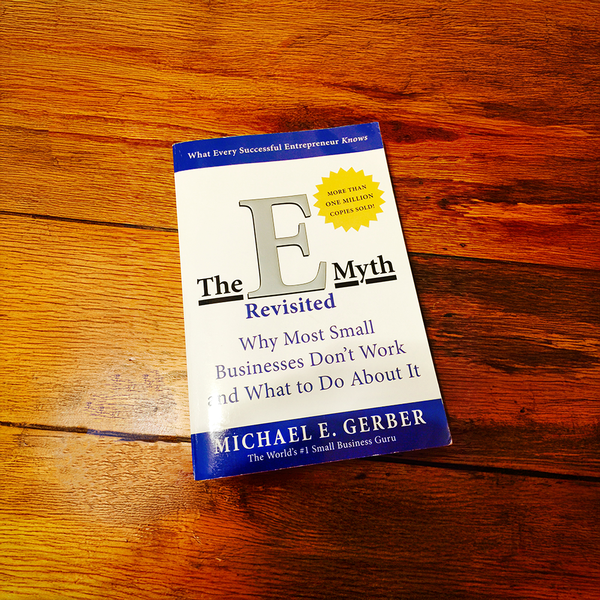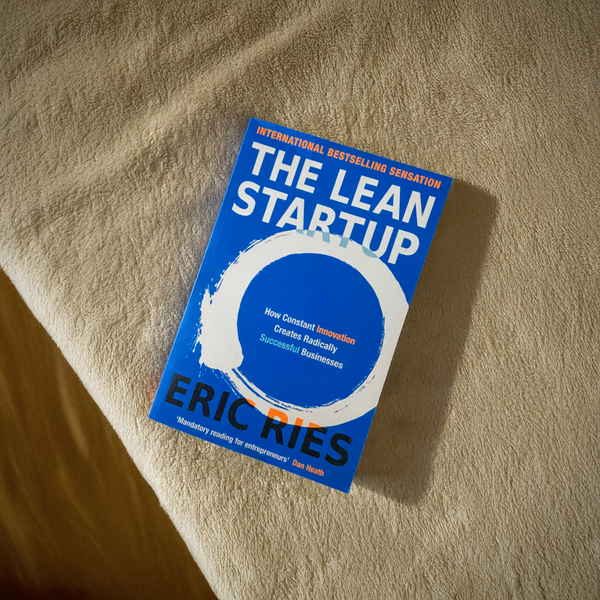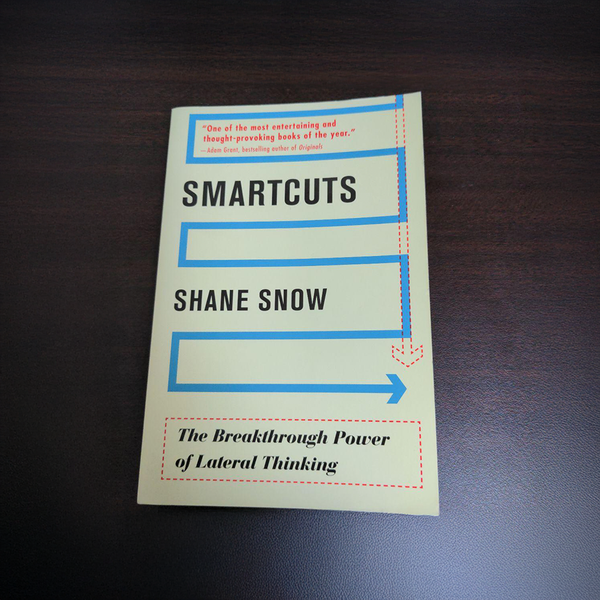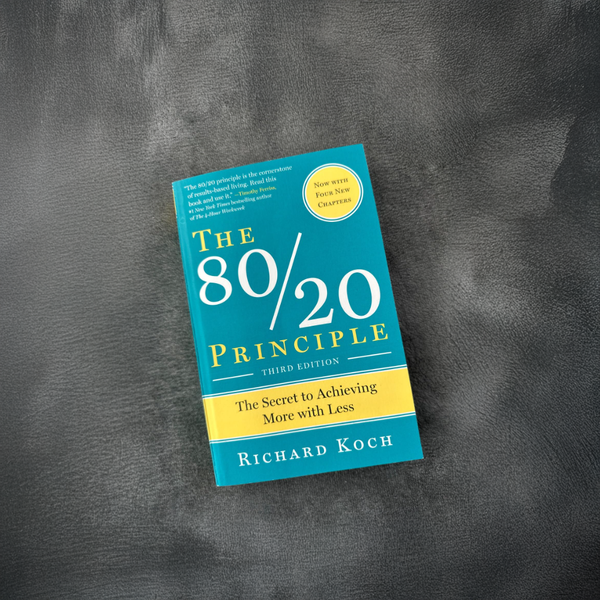In today's fast-paced world, productivity isn't just a buzzword; it's a necessity. As we juggle multiple responsibilities and strive for success, the quest for unmatched productivity becomes paramount.
Enter Charles Duhigg's Smarter Faster Better: The Transformative Power of Real Productivity, a transformative guide that promises to revolutionize how we approach our daily tasks and long-term goals. This book isn't just about doing more; it's about doing better, smarter, and faster. Through a blend of scientific research and captivating storytelling, Duhigg offers readers a roadmap to unlocking their full potential.
Imagine waking up each day with a clear sense of purpose, knowing exactly how to tackle your to-do list with precision and efficiency. That's the promise of this New York Times bestseller. By delving into the science of productivity, Duhigg reveals the hidden patterns and habits that can propel us toward success.
Whether you're a busy professional, a student, or someone simply looking to make the most of your time, this book provides the insights you need to transform your approach to work and life. So, are you ready to embark on a journey that will forever change the way you think about productivity?
Smarter, Faster, Better: The Science of Productivity Unveiled
Journalist Charles Duhigg, a Pulitzer Prize-winning journalist known for his investigative prowess and storytelling skills, takes readers on a journey through the fascinating science of productivity and power of habit.
Drawing on cutting-edge research in neuroscience, psychology, and behavioral economics, and grounded in cutting edge science, Duhigg explores why some individuals and organizations excel while others falter. This book is structured around eight key concepts, each offering insights into how we can improve our productivity through personal and organizational behaviors.
One of the standout features of Smarter Faster Better is its ability to translate complex scientific findings into relatable, actionable advice through rich storytelling. Duhigg’s exploration of motivation, for instance, reveals that self-motivation is not just about willpower; it’s about making choices that reinforce our sense of control and connect to something emotionally rewarding. This insight alone can revolutionize how we approach tasks and goals.
The Power of Storytelling
Duhigg’s storytelling prowess is on full display in Smarter Faster Better. He weaves together a tapestry of real-world examples, using interesting stories and wide-ranging stories—from the cockpit of a crashing plane to the creative process behind Disney’s Frozen.
In the case of Frozen, Duhigg highlights the creative breakthrough that transformed the project and led to its success. He also draws on examples like Saturday Night Live to illustrate how team dynamics and storytelling contribute to innovation. These stories not only illustrate the principles of productivity but also make the book an engaging and enjoyable read.
For instance, the story of a successful businessman who loses his motivation due to a rare brain injury serves as a poignant reminder of the importance of the striatum in our brains—a central dispatch that translates decisions into actions. Through such narratives, Duhigg makes the science of productivity accessible and relatable, providing creative fodder for readers to see themselves in the stories and apply the lessons to their own lives.
Self Motivation: The Locus of Control
One of the book’s most compelling chapters focuses on motivation and the concept of the locus of control. Duhigg explains that individuals who believe they have control over their lives are more motivated and productive.
Understanding locus of control is essential to create motivation, as it helps individuals recognize their ability to influence outcomes and take deliberate action. This insight is supported by numerous academic studies and illustrated through stories of individuals who have overcome significant challenges by taking control of their circumstances.
Duhigg’s exploration of motivation extends beyond individual behavior to organizational success. He examines how companies like Google have harnessed the power of psychological safety to create environments where employees feel empowered and motivated to contribute their best work.
The emotional rewards of motivation are amplified when individuals and teams receive the most meaningful rewards—those that resonate personally and reinforce internal motivation. Meaningful rewards are key drivers of sustained engagement and high performance. This chapter alone is worth the price of the book for anyone looking to enhance their personal or team productivity.
The real-world takeaways from this chapter provide actionable strategies that readers can implement to boost motivation and productivity in their own lives and organizations. By applying these insights, readers can foster environments that support meaningful rewards and create motivation for lasting success.
The Art of Decision Making
Decision making is another critical aspect of productivity that Duhigg tackles with finesse. He introduces readers to the concept of Bayesian psychology, a method of improving forecasts by continuously updating our beliefs based on new information.
Through the story of a professional poker player, Duhigg demonstrates how this approach can lead to better decision making in both personal and professional contexts. The book also explores the role of reactive thinking—how automatic, instinctive responses can help execute routine decisions quickly, but may also impair judgment in complex or novel situations.
The book also delves into the dangers of cognitive tunneling, a phenomenon where excessive focus on one task leads to the neglect of other important information. Being overly focused can create tunnel vision, causing individuals to miss critical signals or alternative perspectives that are essential for sound decision making.
By understanding and mitigating this tendency, readers can improve their ability to make informed decisions, especially in high-pressure situations. Identifying the immediate task at hand is also emphasized as a way to enhance prioritization and productivity, ensuring that attention is directed where it is most needed.
Ultimately, making better decisions through these strategies results in the least wasted effort, maximizing outcomes while minimizing unnecessary actions.
Understanding Mental Models
At the heart of smarter, faster, and better productivity lies the ability to create and use robust mental models. A mental model is more than just a concept—it’s a powerful framework that helps us interpret the world, anticipate challenges, and make better decisions. By creating mental models, we essentially build a mental toolkit that allows us to visualize situations, predict outcomes, and respond with agility.
Developing strong mental models means imagining detailed pictures and stories in your mind about how events might unfold. This practice not only sharpens your focus but also prepares you to handle unexpected scenarios with confidence.
When you approach your goals—whether they’re smart goals that are specific and achievable, or stretch goals that push you beyond your comfort zone—mental models give you a completely different perspective. They help you break down complex tasks into manageable steps, making even the most ambitious objectives feel within reach.
By applying these mental models to your own life, you can transform the way you tackle challenges, set priorities, and pursue meaningful projects. The result is a more strategic approach to productivity, where every action is guided by a clear understanding of what matters most. In the end, building and refining your mental models is a key step toward achieving extraordinary results with less wasted effort.
Goal Setting: Beyond SMART Goals
While many productivity books tout the benefits of SMART goals (Specific, Measurable, Achievable, Relevant, Time-bound), Duhigg takes goal setting to the next level. He argues that effective goal setting requires a combination of achievable goals and stretch goals that push us beyond our comfort zones. This approach prevents complacency and encourages continuous growth and improvement.
Duhigg's insights into goal setting are supported by real-world examples, including the experiences of companies like General Electric. By examining both the strengths and weaknesses of traditional goal-setting methods, Duhigg provides readers with a comprehensive framework for setting and achieving meaningful goals.
Innovation, Creativity, and the Creative Process
Innovation is often seen as the domain of the creative elite, but Duhigg demystifies the process by exploring how creativity can be cultivated and harnessed. Through the story of the creation of Disney's Frozen, he illustrates how structured human activities and diverse teams can lead to groundbreaking innovations.
Duhigg emphasizes the importance of creating environments that foster creativity and encourage experimentation. By understanding the dynamics of innovation, readers can apply these principles to their own work, whether they are artists, entrepreneurs, or corporate leaders.
Fostering a Positive Team Environment
Achieving peak productivity isn’t just about individual effort—it’s also about the environment in which teams operate. One of the most powerful drivers of successful teams is psychological safety: the shared belief that every member can speak up, share ideas, and take risks without fear of embarrassment or retribution. When team leaders prioritize psychological safety, they lay the foundation for open communication, trust, and genuine collaboration.
In such environments, team members feel valued and empowered, which leads to more creative problem-solving and better decision-making. Lean and agile thinking becomes second nature, as teams adapt quickly to new challenges and seize opportunities for improvement. This culture of support and flexibility encourages everyone to act differently—embracing new perspectives, learning from mistakes, and striving for continuous growth.
Charles Duhigg’s research highlights that successful teams don’t just work harder; they work smarter by fostering a sense of belonging and commitment. The payoff is significant: teams that cultivate psychological safety and lean, agile practices consistently report greater professional success and, often, more money.
By nurturing these positive organizational behaviors, team leaders can unlock the full potential of their teams, driving innovation and achieving results that go far beyond what any individual could accomplish alone.
Absorbing Data: Turning Inform into Knowledge
In today's data-driven world, the ability to absorb and interpret information is a crucial skill. Duhigg explores how individuals and organizations can turn data into actionable knowledge. He highlights the importance of structuring data in a way that is understandable and useful, drawing on examples from Cincinnati's public schools.
This book also introduces readers to the engineering design process, a structured approach to problem-solving that can be applied to a wide range of challenges. By adopting this process, readers can enhance their ability to analyze data, prototype solutions, and achieve successful outcomes.
A Must-Read for Aspiring Achievers
Smarter Faster Better is more than just a productivity book; it is a comprehensive guide to understanding and harnessing the science of productivity. Charles Duhigg's ability to blend storytelling with scientific research makes this book a compelling and insightful read. Whether you are an individual seeking to enhance your personal productivity or a leader looking to improve team performance, this book offers valuable lessons and practical strategies.
Duhigg's exploration of motivation, decision making, goal setting, and innovation provides readers with a roadmap to achieving more with less stress. By understanding the underlying principles of productivity, readers can transform their approach to work and life, becoming smarter, faster, and better in everything they do.
In a world where the demands on our time and energy are ever-increasing, Smarter Faster Better offers a refreshing perspective on how to navigate these challenges. It is a book that inspires and empowers readers to take control of their productivity and achieve extraordinary results.
Transforming Potential into Reality
As we conclude our exploration of Smarter Faster Better, it's clear that Charles Duhigg has crafted more than just a productivity manual. This book is a catalyst for change, offering readers the tools and insights needed to transform potential into reality. By understanding the science behind motivation, decision making, and innovation, we can break free from the constraints of traditional productivity methods and embrace a new way of thinking.
Whether you're an individual seeking personal growth or a leader aiming to elevate your team's performance, Smarter Faster Better provides the guidance you need to achieve extraordinary results. It's time to take control of your productivity journey and unlock the secrets to a smarter, faster, and better life.
Imagine a world where your goals are not just dreams but achievable milestones. With the strategies outlined in Smarter Faster Better, you can turn that vision into reality. Duhigg's insights empower you to harness the power of focus, creativity, and resilience, enabling you to navigate challenges with confidence and clarity.
As you implement these principles, you'll find yourself not only accomplishing more but also experiencing a deeper sense of fulfillment and satisfaction. So, are you ready to take the leap and transform your potential into tangible success? The journey begins with a single step, and Smarter Faster Better is your guide to making it happen.
Want even more content about creativity and art?
Be sure to check out all of our creative chronicles!
Looking to get inspired with some awesome books?
Check out some of our other articles:
-Don't Believe Everything You Think
-The 7 Habits of Highly Effective People


